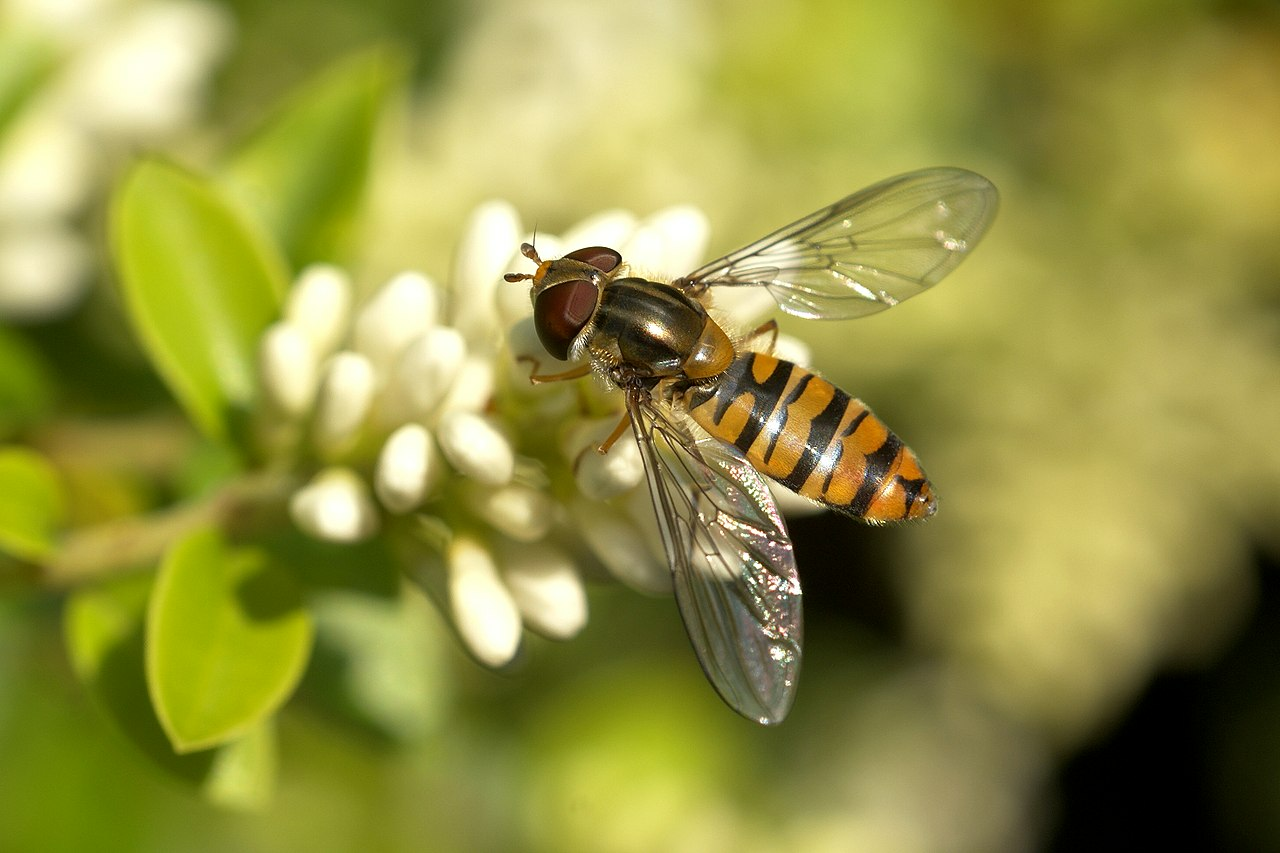Useful insects for your plants
Useful insects and spiders
There are many exciting insects and arachnids that ensure that no "pests" spread in your garden. In this article, we will introduce you to some of the most important useful insects and arachnids.
Ladybug
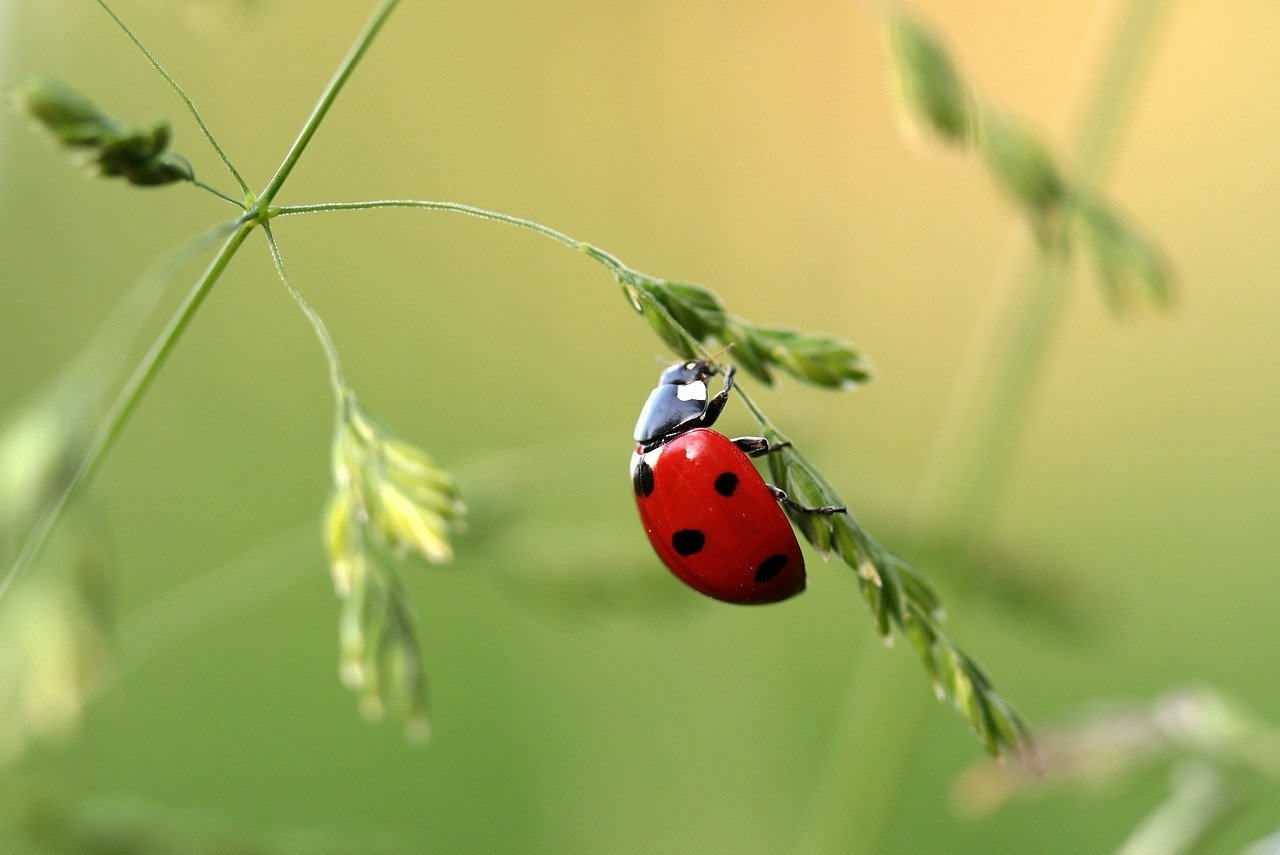
Mostly red, but can also be yellow or other colors. The seven-spot ladybug is native, but the spots can vary in number and size. An adult beetle eats 100-150 aphids a day. The larva can consume 400-800 aphids by the time it pupates. After hibernation, ladybugs are particularly hungry and clean up the garden. So when the first aphids appear in spring, be patient and observe whether the ladybugs become active in the garden. The larvae hatch from yellow, vertically positioned eggs. They are dark grey-blue in color and have orange-yellow spots.
Lacewing
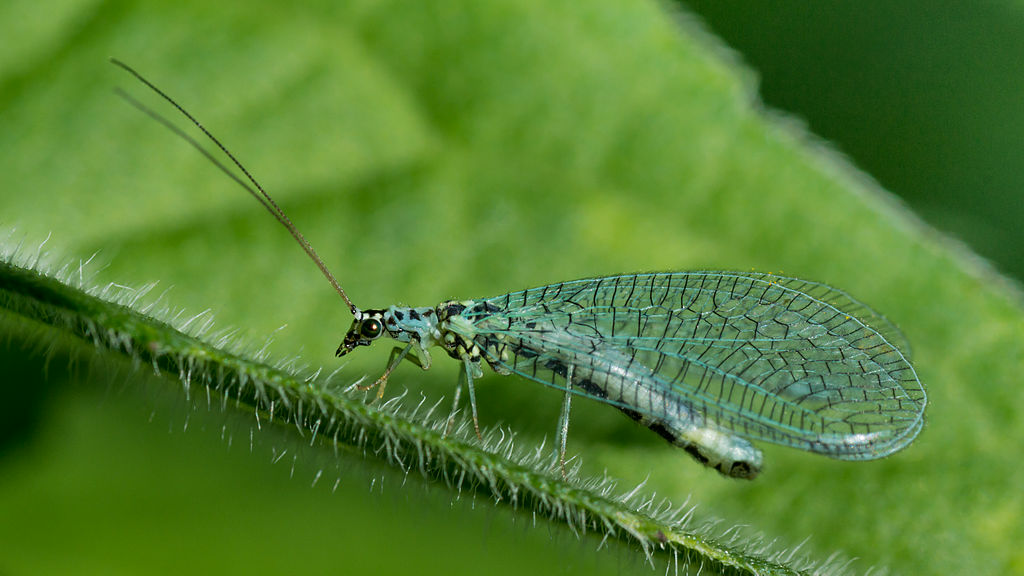
Delicate insects with transparent green-blue veined wings and golden eyes. Adult lacewings feed mainly on honeydew and water, but also on aphids and small insects when they are very hungry. The brownish larvae grab aphids, spider mites, scale insects and blood lice with their pincer-like jaws. In winter, the adult lacewings look for sheltered corners in cool sheds, so that they are not disturbed, the big clean-up can be postponed until spring, when the elfin insects float out into the open again.
Hoverfly
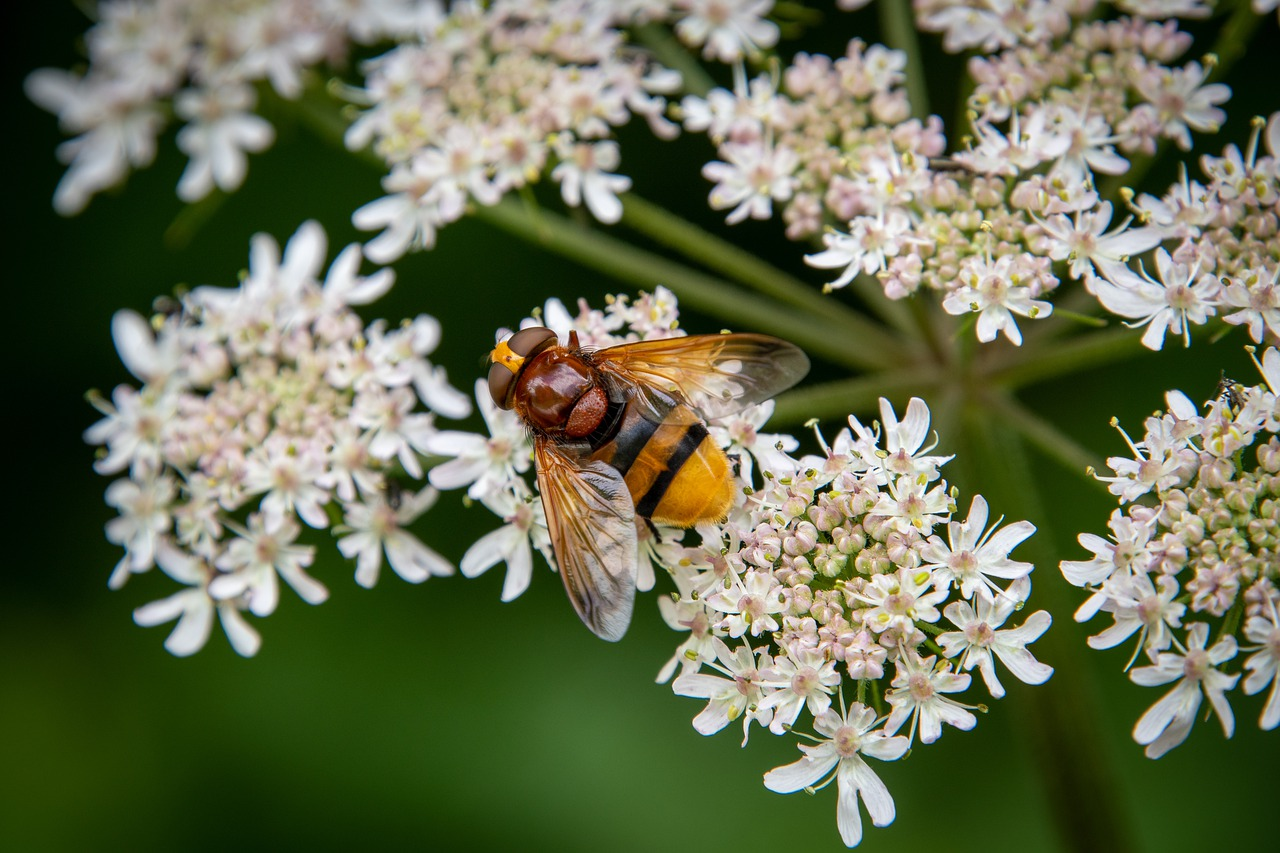
They have a black and yellow pattern and are easily recognized by their fast, silent flight. They can flap their wings so quickly that they literally stop in mid-air. Their lightning-fast zigzag movements are also characteristic. The white-yellowish larvae look like maggots and feed on aphids. Hoverflies therefore like to lay their eggs in aphid colonies in spring. Adult hoverflies feed on pollen and honey and play an important role as pollinators. Tip: Umbellifers (e.g. dill, chervil, wild carrot) attract hoverflies.
Earwig (earwig)
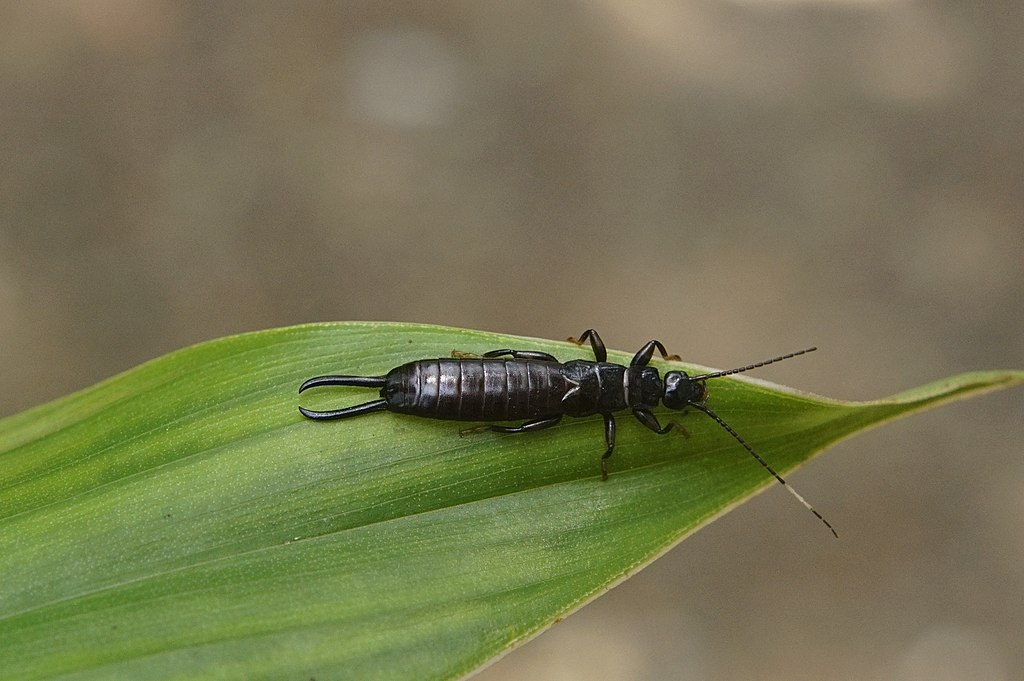
These small creepy-crawlies have the unjustified reputation of nesting in human ear canals. At most, they use their pinching tools to scare off predators and defend their offspring. In the garden, they can actually be quite helpful, as the nocturnal predators exterminate aphids and other insects. They are particularly popular for protecting fruit trees. Tip: You can easily provide them with shelter by stuffing flower pots with wood wool or straw. These are then hung in the trees so that they still have contact with branches or forks, making it easier for the earwigs to get in and out. They can then hide in the small burrows during the day and hunt directly on the spot at night.
Ichneumon wasp
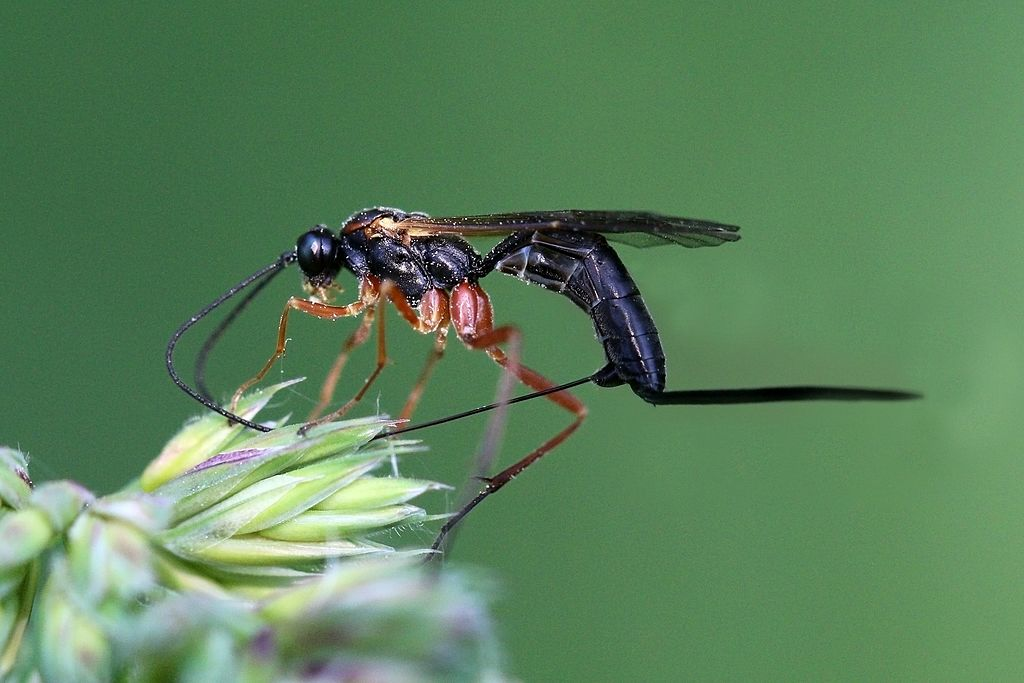
These insects are much smaller and have a narrower abdomen than their stinging relatives. There are many different species, but they are all completely harmless to humans. Ichneumon wasps can be recognized by their characteristic wasp waist and the long stinger on their abdomen. They use this, for example, to "drill into" lice in order to lay their eggs. The larvae eat their host from the inside and then overwinter pupating in the hollow louse. Some species specialize in the webworm moth, the caterpillars of the cabbage whitefly or the pupae of the onion fly. Tip: In the garden, look out for the aphid mummies in which the wasps overwinter and preserve them. To do this, simply take a close look at infested plants; hollow aphids can be easily distinguished from living ones on closer inspection. It is best to leave the affected plants undisturbed. Tree cuttings and herbaceous growth under shrubs also provide valuable shelter. Umbellifers provide sufficient food.
Predatory bugs
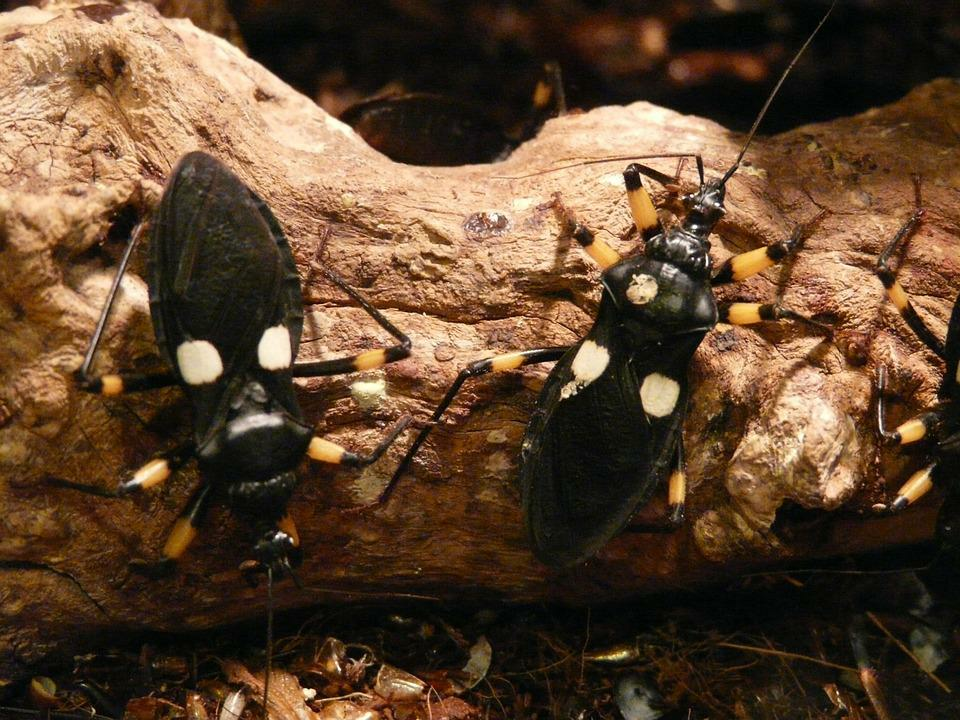
Bedbugs in the wild have nothing to do with the dreaded bedbugs. There are many different predatory bugs that feed on pests. They have a flat body structure, leathery, sometimes colorful wing covers and proboscis-shaped sucking and piercing organs. Flower bugs and soft bugs are among the most important beneficial insects. They eat spider mites, aphids and smaller caterpillars.
Ground beetle

There are countless species, including the golden ground beetle and the pupal predator. They can be recognized by their metallic, green-gold and bronze-coloured wings and their long, strong legs. Ground beetles and their larvae are large predators and prey on snails (eggs), potato beetles (larvae), wireworms, pupae, caterpillars, aphids and mites at night. Moist places under leaves, wood or stones serve them as shelter.
Predatory mites
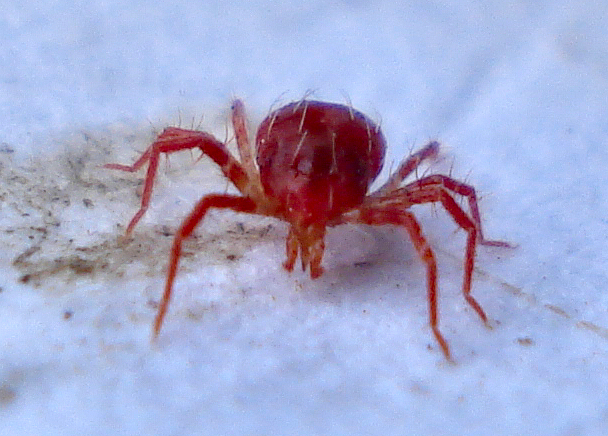
Predatory mites are arachnids, are only about 0.5 mm/0.02 in in size and sit on the underside of leaves. They resemble their harmful relatives, the spider mites. Unlike these, however, they do not produce a web, making them easy to distinguish. The predatory mite Phytoseiulus persimilis is specially bred for biological pest control in order to get the red spider mite (= fruit tree spider mite) under control.
Spiders
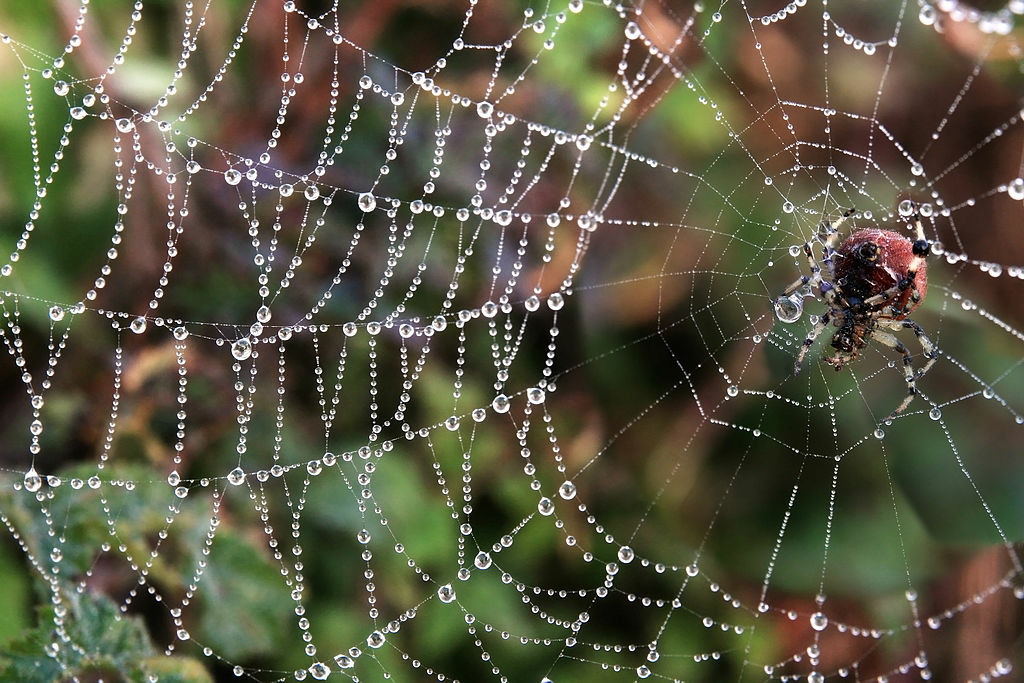
There is a huge variety in the realm of spiders: cross spiders, jumping spiders, wolf spiders - the list is long. Some build webs, others live on the ground and they also differ greatly in size and shape. However, they all have eight legs in common. Many people dislike them because of their appearance, but they are always welcome in the garden. Spiders are among the most successful pest hunters! They catch flies, moths, beetles, caterpillars, bugs and aphids. Ground-covering plants, wild herbs and natural stone walls provide them with a habitat.
dendoktoor auf pixabay
